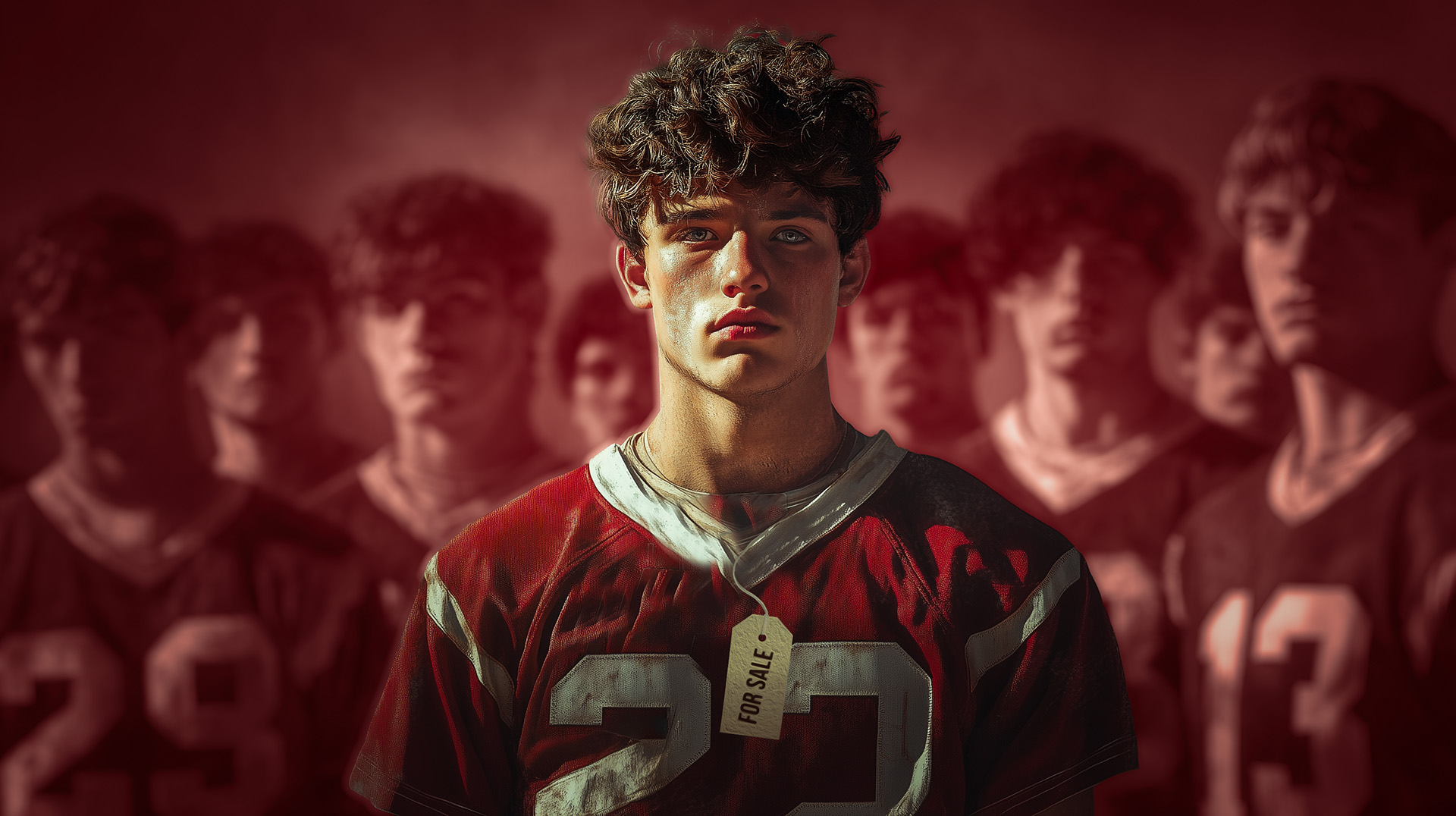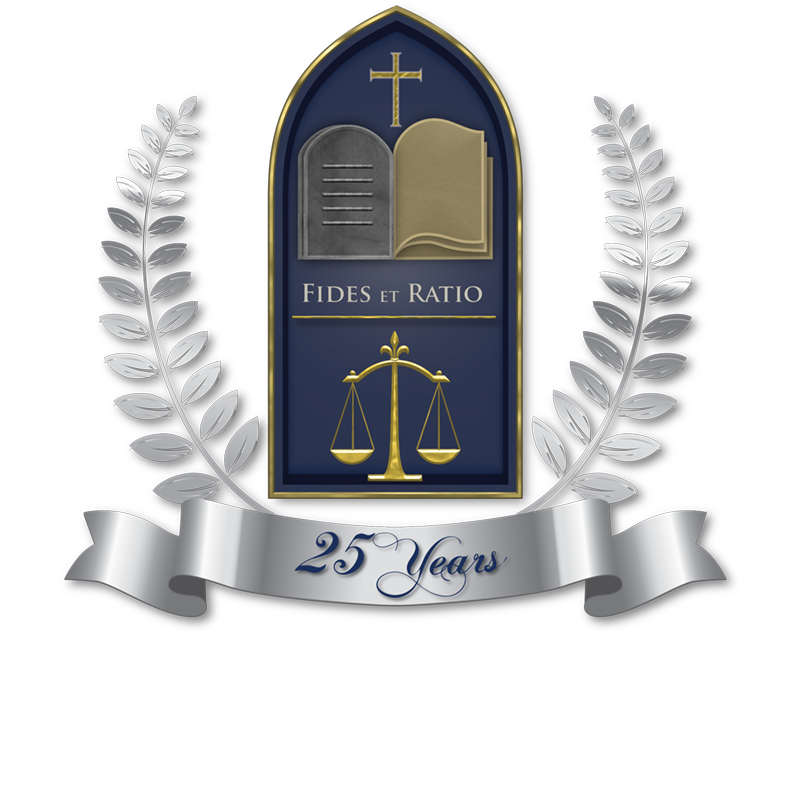The Legal Battle: Student-Athlete or Employee?

By Wyatt Edwards
– Smith Business Law Fellow J.D. Candidate, Class of 2025
The Legal Battle: Student-Athlete or Employee?
For decades, the NCAA has insisted that college athletes are “student-athletes” rather than employees, exempting universities from paying wages, benefits, or recognizing union rights.[1] However, this classification is under increasing legal scrutiny, particularly after the ruling in Johnson v. NCAA, where the court found that college athletes meet the legal definition of employees under the Fair Labor Standards Act (FLSA).[2] This decision has profound implications for college athletics, especially as athletes are now allowed to earn income through Name, Image, and Likeness (NIL) deals under NCAA policy changes following NCAA v. Alston.[3] The question remains: does NIL income reinforce their status as non-employees, or does it further support the argument that they are part of a commercial labor system, entitling them to employee protections and benefits?[4] Some fear that employee classification could disrupt collegiate athletics, particularly at Division III schools, where budgets are more constrained, and athletes traditionally do not receive scholarships.[5] If Division III athletes are classified as employees, schools may be required to provide wages and benefits, which could lead to financial strain, reductions in non-revenue sports, and even program cuts.[6]
The Johnson v. NCAA case was filed in 2019 in the U.S. District Court for the Eastern District of Pennsylvania by former Division I athletes, arguing that they should be classified as employees and entitled to federal labor protections.[7] The court ruled in favor of the plaintiffs, rejecting the NCAA’s amateurism defense and emphasizing the control that universities exert over athletes’ schedules, training, and financial contributions to their institutions.[8] The ruling aligns with broader legal trends, including the Supreme Court’s decision in NCAA v. Alston (2021), which weakened the NCAA’s argument for strict amateurism.[9] Furthermore, the National Labor Relations Board (NLRB) has signaled increasing support for college athletes’ employee status, particularly with General Counsel Jennifer Abruzzo’s memo asserting that certain athletes qualify as employees under labor law.[10] Notably, courts have increasingly cited historical labor precedents, including the Thirteenth Amendment’s exception for labor in prisons, to highlight the exploitative nature of unpaid collegiate athletic work.[11] The Third Circuit Court of Appeals recently affirmed that college athletes can qualify as employees under the FLSA, reinforcing the lower court’s findings and signaling that the NCAA’s long-standing amateurism defense is legally vulnerable.[12] Applying the economic realities test, the Third Circuit held that “college athletes may be employees under the FLSA when they (a) perform services for another party, (b) ‘necessarily and primarily for the other party’s benefit,’ (c) under that party’s control or right of control, and (d) in return for ‘express’ or ‘implied’ compensation or ‘in-kind benefits’”.[13]
Legal experts like Michael McCann highlight that this decision could lead to athlete unionization, collective bargaining, and direct compensation from schools, fundamentally altering the financial and structural landscape of college sports.[14] Universities may face budgetary constraints, Title IX compliance challenges, and the potential dismantling of the traditional amateur model.[15] The NCAA is likely to appeal, and future litigation could determine the extent to which athletes are entitled to minimum wage, overtime, and other employee benefits.[16] Additionally, concerns persist about how this classification could negatively impact non-revenue sports and smaller programs, potentially leading to reduced opportunities for athletes who rely on the traditional collegiate model.[17] For Division III schools, where athletics are not a primary revenue source, the financial burden of treating athletes as employees could force difficult decisions, such as cutting programs or reducing roster sizes.[18] With courts, lawmakers, and regulatory bodies increasingly scrutinizing the NCAA, the status of student-athletes as employees is no longer theoretical—it is becoming a legal reality.
[1] Johnson v. NCAA, No. 19-5230, E.D. Pa., 2023. U.S. Government Publishing Office, https://www.govinfo.gov/app/details/USCOURTS-paed-2_19-cv-05230.
[2] Id.
[3] NCAA v. Alston, 141 S. Ct. 2141, 2021. Supreme Court of the United States, https://www.supremecourt.gov/opinions/20pdf/20-512_gfbh.pdf.
[4] McCann, Michael. “The Future of College Athlete Employment.” Sports Illustrated, 10 Oct. 2023, https://www.si.com/college/2023/10/10/future-of-college-athlete-employment.
[5] “NCAA Athletes Fear Employee Status Will Undermine DIII College Sports.” The Racquet, 2024, https://theracquet.org/16874/sports/ncaa-athletes-fear-employee-status-will-undermine-diii-college-sports-and-their-future/.
[6] “College Athletes May Be Employees Under FLSA.” HR Dive, 2024, https://www.hrdive.com/news/college-athletes-may-be-employees-under-flsa/721411/.
[7] Johnson v. NCAA, No. 19-5230, E.D. Pa., 2023. U.S. Government Publishing Office, https://www.govinfo.gov/app/details/USCOURTS-paed-2_19-cv-05230.
[8] McCann, Michael. “The Future of College Athlete Employment.” Sports Illustrated, 10 Oct. 2023, https://www.si.com/college/2023/10/10/future-of-college-athlete-employment.
[9] NCAA v. Alston, 141 S. Ct. 2141, 2021. Supreme Court of the United States, https://www.supremecourt.gov/opinions/20pdf/20-512_gfbh.pdf.
[10] Abruzzo, Jennifer. NLRB GC Memorandum 21-08. National Labor Relations Board, 2021, https://www.nlrb.gov/news-outreach/news-story/nlrb-general-counsel-memorandum-21-08.
[11] Belzer, Daniel. “Court Cites ‘Slavery Exception’ in NCAA Case.” Sportico, 2024, https://www.sportico.com/law/analysis/2024/ncaa-slavery-exception-court-citation-athletes-media-1234797315/.
[12] “Third Circuit Holds That NCAA Athletes May Qualify as Employees Under the FLSA.” Troutman Pepper, 2024, https://www.troutman.com/insights/third-circuit-holds-that-ncaa-athletes-may-qualify-as-employees-under-the-flsa.html.
[13] “Third Circuit Holds That NCAA Athletes Are Employees Under FLSA.” Reed Smith, 2024, https://www.reedsmith.com/en/perspectives/2024/07/third-circuit-holds-that-ncaa-athletes-employees-under-flsa.
[14] McCann, Michael. “The Future of College Athlete Employment.” Sports Illustrated, 10 Oct. 2023, https://www.si.com/college/2023/10/10/future-of-college-athlete-employment.
[15] “Third Circuit Holds That NCAA Athletes May Qualify as Employees Under the FLSA.” Troutman Pepper, 2024, https://www.troutman.com/insights/third-circuit-holds-that-ncaa-athletes-may-qualify-as-employees-under-the-flsa.html.
[16] Belzer, Daniel. “Court Cites ‘Slavery Exception’ in NCAA Case.” Sportico, 2024, https://www.sportico.com/law/analysis/2024/ncaa-slavery-exception-court-citation-athletes-media-1234797315/.
[17] “College Athletes May Be Employees Under FLSA.” HR Dive, 2024, https://www.hrdive.com/news/college-athletes-may-be-employees-under-flsa/721411/.
[18] “NCAA Athletes Fear Employee Status Will Undermine DIII College Sports.” The Racquet, 2024, https://theracquet.org/16874/sports/ncaa-athletes-fear-employee-status-will-undermine-diii-college-sports-and-their-future/.




